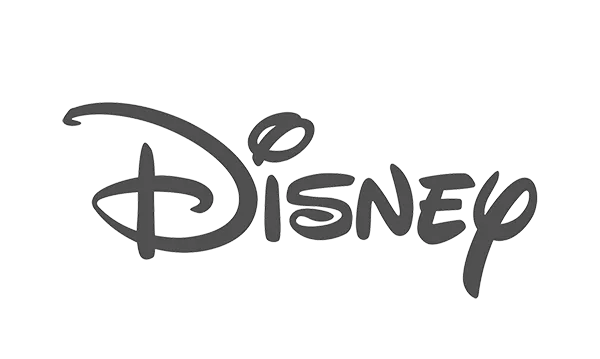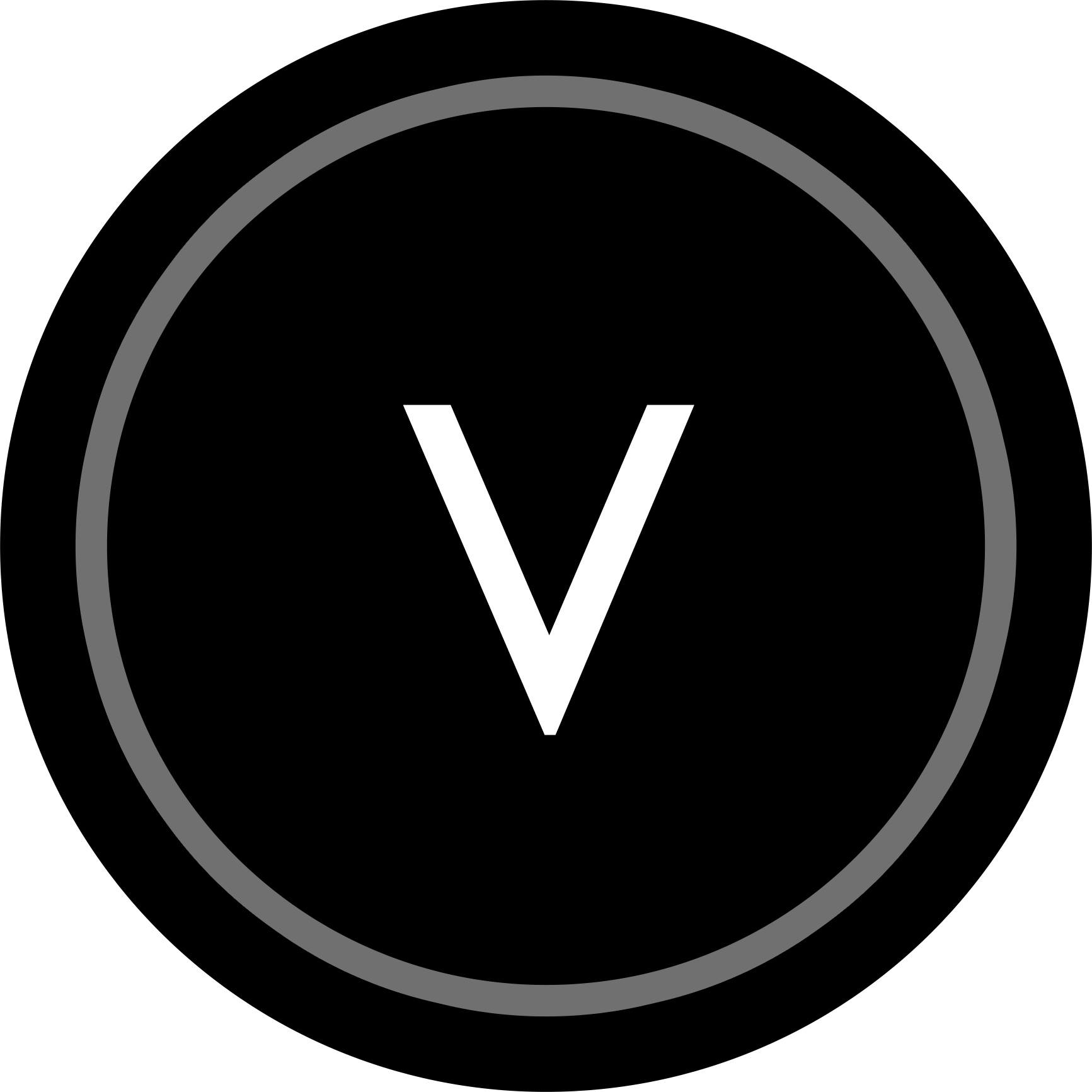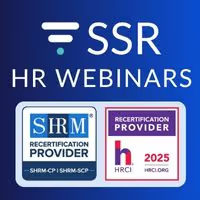Strategic employee onboarding is crucial to the efficiency of the new employee as well as their longevity with the organization. So much so that 69% of employees want to stay for at least 3 years with a company that has a great onboarding process.
Apple and Steve Jobs understood the importance of integrating new hires with their company values and operational processes. Little wonder they report making, on average, $2.4 million in revenue per employee.

Other companies understand the importance and benefits of employee onboarding programs besides Apple. And in this article, we will take you through the great onboarding programs employed by top companies, as well as their success metrics and outcomes.
Example #1. Google’s Data-Driven Onboarding
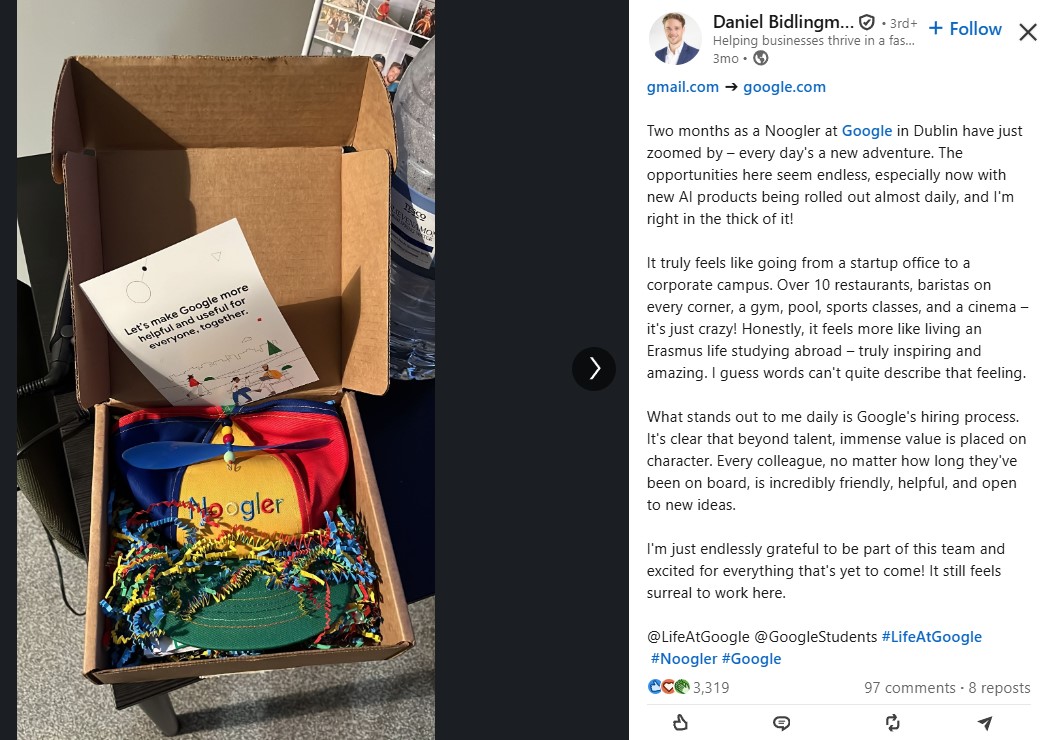
The first on our list is the second-highest-valued company in the world, with over 130,000 employees as of 2021.
In a company like Google, where expectations are high, the responsibilities of the new employees to develop vital relationships with co-workers, work with team members, and prove their worth can be overwhelming.
The HR team at Google understands this predicament and has implemented a simple, interactive onboarding program that prepares employees for their new roles.
How?
Google combines simple, timely interventions with a data-driven onboarding survey sent to new hires at 30, 90, and 365 days. These surveys ask Nooglers (new Google hires) about their access to tools and systems, their ability to feel productive, and their sense of connection to Google’s culture. The feedback is then analyzed and shared across teams so multiple groups can collaborate on improving the experience.
This model has led to concrete changes: strengthening the bridge between company-wide orientation and role-specific onboarding, and redesigning local onboarding sessions to include more community-building and social opportunities. These steps ensure that Nooglers not only get up to speed faster but also build meaningful connections beyond their immediate teams.
Remote Onboarding at Google
When the pandemic shifted work online, Google redesigned its onboarding to be just as effective virtually. Nooglers received mailed welcome kits with badges, hats, and office gear to help them feel part of the culture from day one. Orientation went digital, featuring interactive sessions, live Q&As, and breakout groups to foster connections. Peer buddies and managers played a larger role in staying connected through video calls and chat, while community events moved into virtual formats to make sure Nooglers could still meet Googlers from different departments. The goal was to replicate the welcoming, high-energy experience of in-person onboarding while adapting to a distributed workforce.
The Results
“Nudging” Nooglers exposes them to relevant information fast. And the timely nature of these nudges makes it easier for new hires to execute tasks efficiently because the information is delivered right at the time the task is to be executed.
In the end, Google’s effective new hire onboarding process improved employee experience and led to a 25% increase in new employee productivity.

Example #2. The Netflix Culture Deck
Netflix has experienced tremendous success since they were founded in 1997. Much of their success has come from how they treat their employees, which in turn improved their productivity and contribution to the company’s astronomical growth over the years.
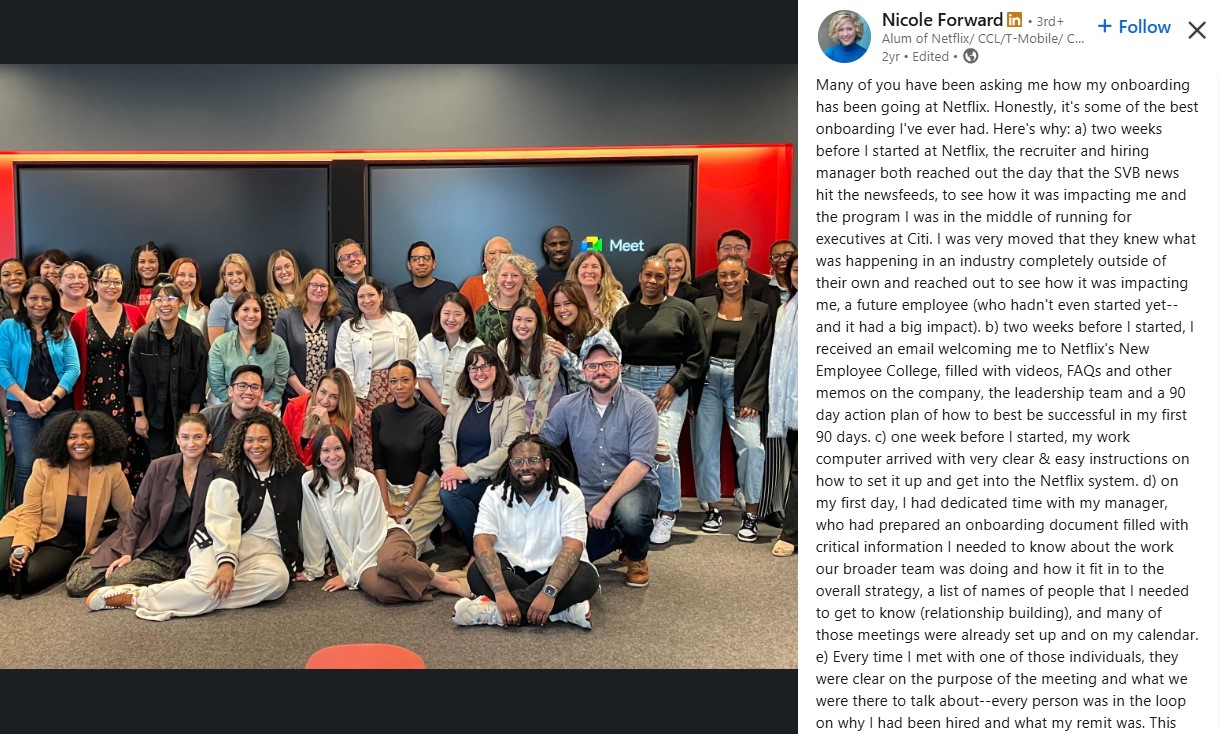
How?
It all starts with a deck of slides.
Netflix upholds their organizational culture of balancing freedom with responsibility, a culture they hope to instill in their 12,000-plus employees. They do this by sharing a deck of slides with their new hires in their first week.
In these slides, the seven aspects of the Netflix culture are explicitly highlighted and described. In addition, other slides that contain useful information such as a thorough explanation of the Netflix technology stack and what to expect in the new job at Nexflix, are also made available.
The Results
Providing all the necessities for employees to acclimate with the Netflix company culture and the software itself makes things a lot easier for the new hires right from day one. Also, it leaves little room for errors and confusion about company policies.
The success of this onboarding program is reflected in their turnover rate. In 2020, Netflix boasted a staggering 11% employee turnover rate — better than Google, Facebook, and Amazon.
Example #3. LinkedIn’s [In]troduction
For a social media company that has built a niche around career, HR management, and business networking, one would expect they to excel in this aspect of onboarding. And they have. Through their new employee orientation program: [In]troduction.

How?
LinkedIn’s [In]troduction includes seven key components of education and integration exercises, such as lectures on company policies, chat sessions with senior leadership, a campus tour, and even lunch. It gives a well-rounded, effective onboarding experience on the employee's first day.
The Results
[In]troduction is so successful that in 2014, it was given a bronze Brandon Hall award for best onboarding program. Its success rate is also reflected in LinkedIn’s year-after-year revenue growth of 27%.
Final Thoughts
Successful companies engage in onboarding practices. We mentioned a few big tech companies in this article, but the list is endless.
It is also worth noting that no two companies mentioned above applied the same onboarding process. Where Netflix’s process focused on their company culture, Google aimed to improve the productivity of their new hires rapidly. In other words, onboarding programs should be customized to fit with the company’s aims and objectives.
If you are in human resources or a hiring manager looking to build a successful onboarding program for your company, you can use some of the best employee onboarding software in the market to draft your onboarding training programs.
Such software platforms have helped big companies like InVision, Nissan, Daimler, etc., build formal employee onboarding processes and automate employee workflows.


-min.jpg)












